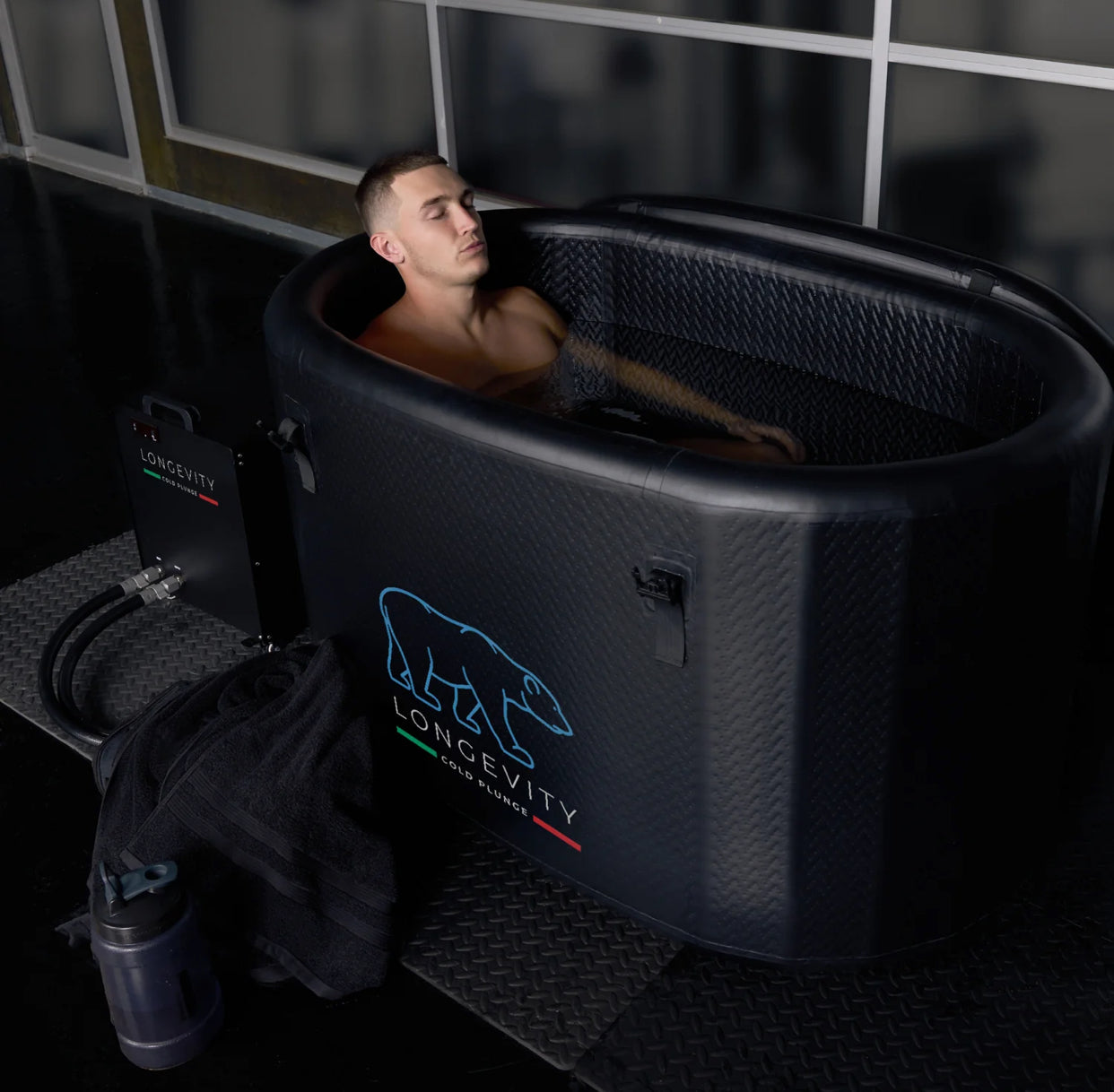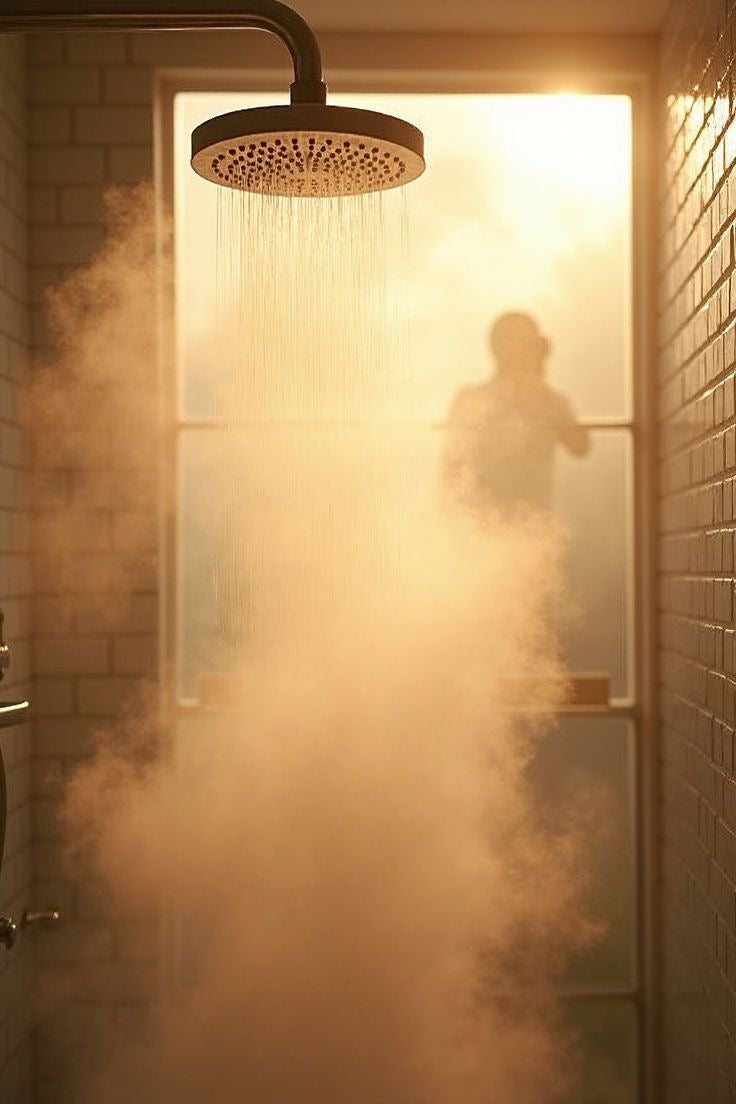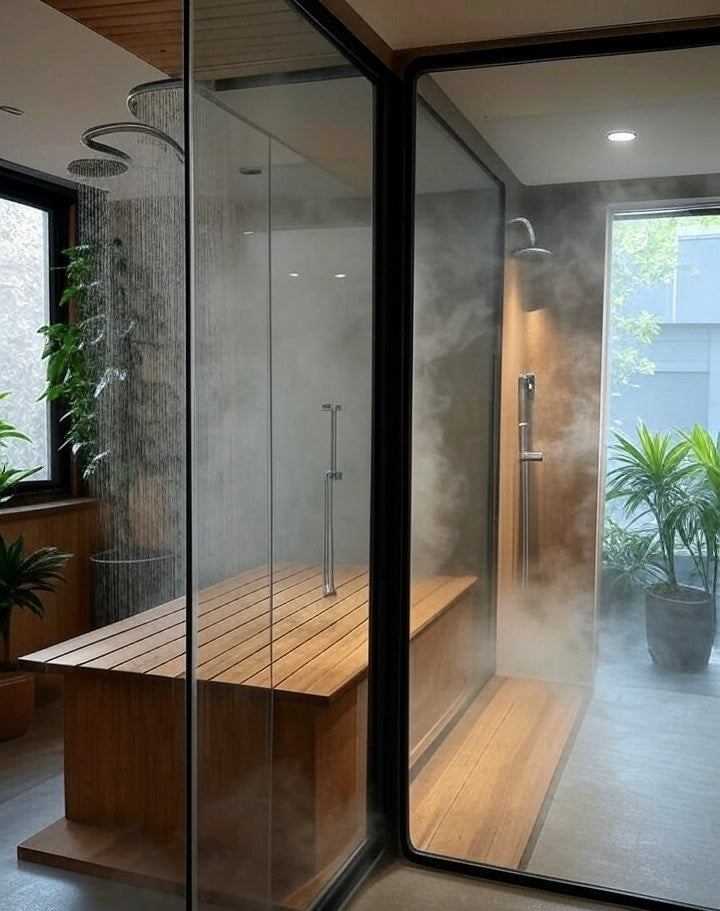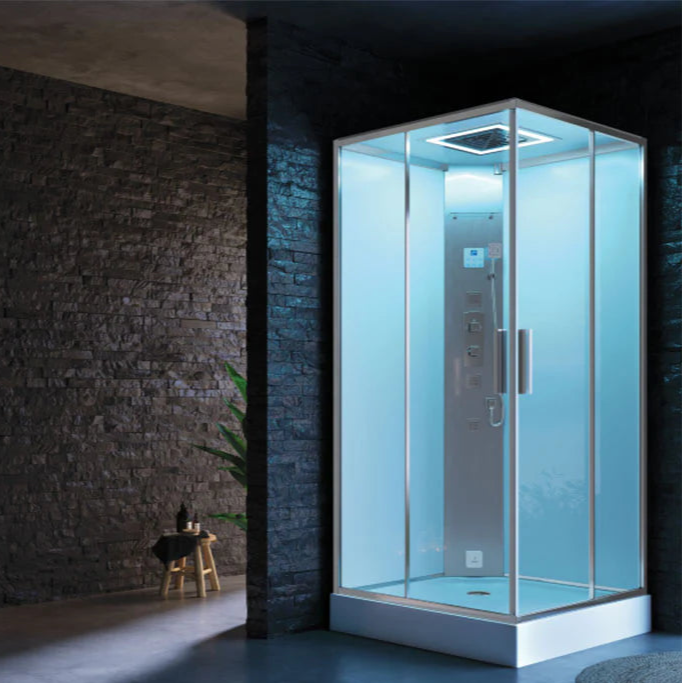Sniffling and shivering with a cold? Tempted to dive into an Ice Bath Tub or Cold Plunge Tub for a miracle cure? Short answer: it won’t cure your cold, but might support your immune system. Curious how a Cold Plunge could help or hinder? Keep reading before you chill!

Understanding Cold Plunges and Colds
What is Cold Plunging?
Brief Overview of Cold Water Immersion
Cold plunging involves dipping your body into cold water, generally between 4°C and 15°C. Sessions can last from half a minute to several minutes, depending on experience.
This practice—often done in an Ice Bath Tub or Cold Plunge Tub—is popular with athletes and wellness seekers. It’s sometimes referred to as cold water immersion.
It’s designed to stimulate the body’s response to sudden cold.
General Health Benefits of Cold Plunging (for healthy individuals)
In healthy people, cold plunging has been linked with various benefits. These include better circulation, lower inflammation, improved recovery, and enhanced mental clarity.
Some also report better mood and deeper sleep. It’s believed to trigger dopamine release and reduce stress.
The key is consistency and controlled exposure.
What Happens to Your Body When You Have a Cold?
Immune Response and Common Symptoms (e.g., inflammation, fatigue, aches)
When you catch a cold, your immune system begins a defensive response. This includes releasing white blood cells and triggering inflammation.
Symptoms like fatigue, aches, congestion, and sore throat are common. These are signs your body is fighting the virus.
Your energy is diverted to healing, which is why you often feel worn down.
Can Cold Plunging Help When You're Sick? Potential Benefits and Important Considerations

How Cold Plunging Might Help with Mild Cold Symptoms
Boosting the Immune System (e.g., white blood cell production, lymphatic stimulation)
Cold exposure may temporarily stimulate immune activity. It can prompt the release of white blood cells and improve lymph flow.
This might support your system in managing mild viral symptoms. It’s not a cure, but it may aid in resilience.
Still, effects vary from person to person.
Reducing Inflammation and Pain (e.g., sore throat, muscle aches, headaches)
Cold plunges can reduce inflammation, easing aches and pains. A sore throat or headache might feel less intense after exposure.
This is due to blood vessel constriction followed by dilation. It’s similar to how a cold compress helps swelling.
Relief is often short-lived but noticeable.
Improving Circulation and Detoxification
The shock of cold water narrows blood vessels briefly, then expands them. This can boost circulation and aid in toxin removal.
Improved blood flow means nutrients reach tissues more efficiently. It might support general wellness, even during a mild cold.
Just ensure the session isn’t too long.
Aiding in Faster Recovery and Better Sleep Quality
Many find they sleep better after a short cold plunge. Endorphins and the drop in core temperature may help with deeper rest.
Good sleep is vital for recovery from illness. Better rest may speed healing, even if the cold itself isn’t directly affected.
Sleep improvements vary from person to person.
Enhancing Mood and Energy (e.g., endorphin release)
Cold plunges can lift mood through endorphin release. Even while ill, some report a brief feeling of clarity and lightness.
This may combat the sluggishness of being unwell. A little mental boost might be just enough to help you push through the day.
Use with caution and only if symptoms are mild.
When Cold Plunging is NOT Recommended for a Cold
Presence of Fever or Chills
If you have a fever, avoid cold plunging. It may cause further thermal stress and worsen your condition.
Fever is a sign your body is working hard to fight infection. Introducing cold can interfere with this internal balance.
You risk prolonging your illness.
Severe Cold or Flu Symptoms (e.g., respiratory distress, extreme fatigue)
If you're struggling to breathe or feel completely drained, steer clear of plunging. The stress of cold water can put extra strain on your system.
It may also increase heart rate and breathing difficulty. Save it for when you're feeling stronger.
Comfort should be your focus during intense illness.
Pre-existing Health Conditions (e.g., heart issues, respiratory ailments, poor circulation)
If you suffer from heart problems, lung conditions, or poor circulation, cold plunging while sick could be dangerous. The body's response may be unpredictable.
Even if you normally tolerate cold exposure, illness can change that. It’s always best to check with a healthcare provider.
Err on the side of caution.
Added Stress on an Already Weakened Immune System
Your immune system works overtime when you're sick. Cold plunging may add extra stress, potentially delaying your recovery.
Although it's stimulating in small doses, too much can be counterproductive. Balance is essential.
Support your body rather than shock it during illness.
Safe Practices and Alternatives for Cold Therapy During Illness
Important Precautions if Considering a Cold Plunge with Mild Symptoms
Consult a Healthcare Professional Beforehand
Speak with a healthcare provider before trying a plunge while unwell. They’ll help assess whether it’s suitable for your condition.
Cold therapy isn't for everyone, especially when ill. Expert advice is your safest route.
Listen Carefully to Your Body and Symptoms
Pay close attention to how you feel before, during, and after a plunge. If anything feels off, stop immediately.
Your body knows best—don’t ignore discomfort. Take rest seriously.
Keep Immersion Sessions Very Short (e.g., 30 seconds to 1 minute)
If you decide to try it, keep sessions under one minute. Short dips can offer some benefit without overwhelming the system.
Longer immersions are unnecessary when you're already run-down.
Ensure Gradual Warming After the Plunge
After exiting the plunge, warm up slowly. Use a robe, socks, or a heated blanket—not a scalding shower.
Quick warming can cause blood pressure swings. Be gentle with your recovery process.
Maintain Adequate Hydration
Cold exposure increases water loss, especially when you're fighting an infection. Drink plenty of fluids before and after.
Hydration is vital for immune health and cold recovery. Don’t skip this step.
Avoid Plunging Alone When Unwell
Never plunge alone if you’re under the weather. Dizziness, weakness, or fainting are possible, especially with a virus.
Have someone nearby to assist in case you feel unsteady. It’s better to be safe.
Safer Alternatives to Full Cold Plunges
Cold or Lukewarm Showers
Cold or lukewarm showers offer many of the same benefits. They're gentler and easier to manage during illness.
This can still stimulate circulation without overloading your system. A quick shower might be all you need.
Localized Cold Therapy (e.g., cold compresses for specific aches)
Cold packs or compresses can relieve pain and swelling. They're ideal for targeting headaches, sore throats, or sinus pressure.
This method avoids full-body shock and is far easier to control. Use a cloth barrier to prevent skin irritation.
Takeaways
-
Cold Plunges may offer symptom relief for mild colds, but won’t cure the illness.
-
Avoid plunging if you have fever, severe symptoms, or health conditions.
-
Always consult a healthcare professional and keep sessions brief and safe.
-
Try cold showers or cold packs as safer alternatives when you're unwell.






